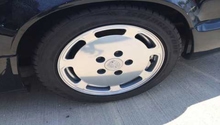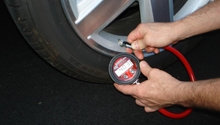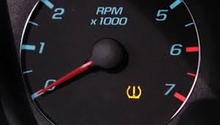Porsche: Why are My Tires Going Flat?
Are your tires going flat? Outside of a visible hole or gash in your tire, the culprit might be something a little less obvious. This article highlights some potential causes and how to repair them.
This article applies to the Porsche 928, Porsche 993, and Porsche 997 (1979-2012).
Nothing will ruin your day of fun faster than a flat tire, especially if you can't figure out why the tire is flat to begin with. The obvious causes can come from a piece of broken glass, a nail, or an unfortunate run-in with a curb. Other causes include a bent wheel, a poorly done tire repair job, or even an overzealous tire pressure monitoring system. The good news is that diagnosing the issue is easy and quick.

Materials Needed
- Air pressure gauge
- Air compressor
- Spray bottle
Step 1 – Check the tire pressure
Low tire pressure is the first warning of a potential problem.
You can find your car's recommended tire pressure range on the tire's sidewall, your owner's manual, in the door jamb, or online. Use a tire pressure gauge to check your tire pressure to see if it is within this range. If the tire is low, use an air compressor to fill it up so that it is back within the recommended range. It is completely normal for a tire to lose air pressure over time, especially in extreme heat and cold, but a quick or substantial loss of pressure can indicate a problem.
(Related Article: Porsche: How to Check Your Tire Pressure - Rennlist.com)
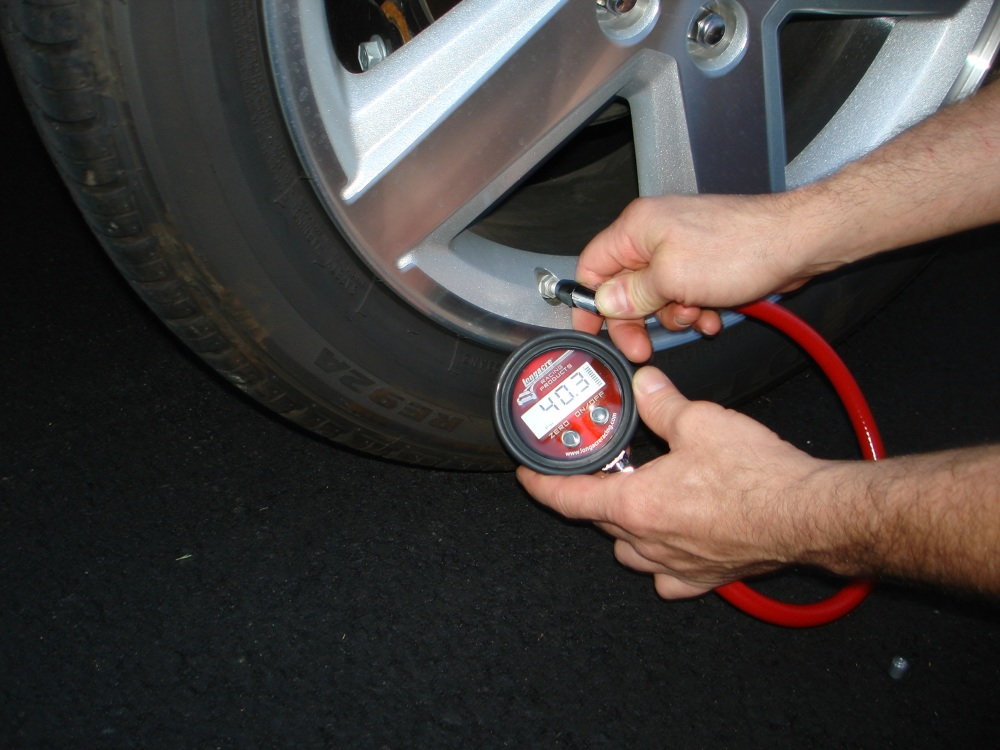
Step 2 – Inspect the tires
If your tire is not holding air pressure, inspect it for potential damage caused by debris. The most common culprit is a nail, which can sometimes be hard to spot. Rotate the tire slowly and look for anything that may have punctured or damaged the tire. If the tire was previously repaired with a plug, it may be leaking as well. If you can't find any visible damage, it's possible that you may have a leak around the tire's valve stem. You can check it with a spray bottle filled with a 20/80 mixture of liquid soap and water. Spray the mixture around the valve stem area. If bubbles form, the tire is leaking air. The valve stem may need to be replaced, which is best completed by a reputable shop.
(Related Article: Porsche: How to Fix a Tire Leak - Rennlist.com)
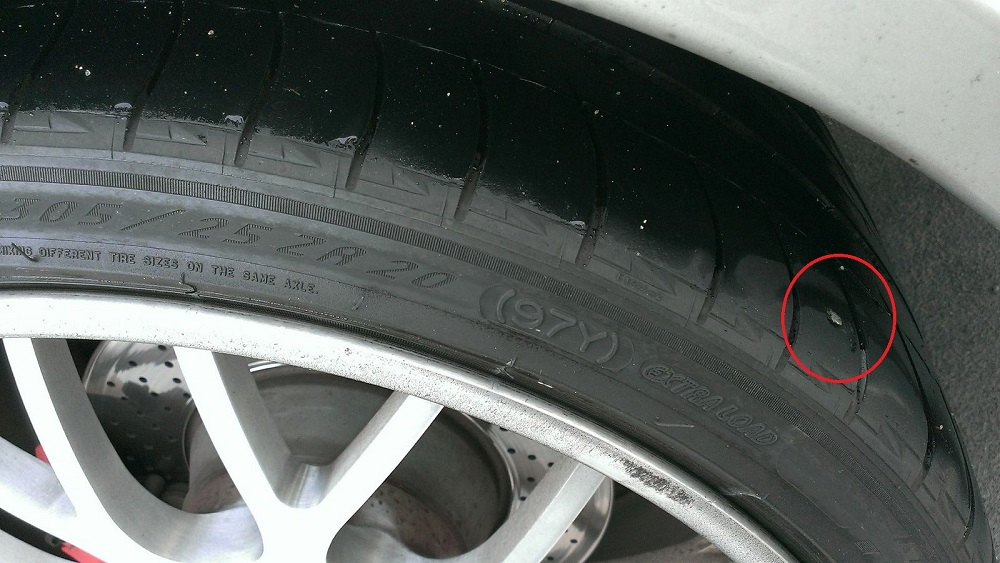
Pro Tip
It's best to let a reputable shop repair tire damage, but if you simply have a nail, it's an easy fix. You can pull the nail out using a pair of pliers, then patch it using a repair kit. If you don't feel comfortable doing this, a shop should only charge you a few dollars to do the job.
Step 3 – Inspect the wheels
A dented or bent wheel rim can cause your tires to go flat. If you don't see an obvious dent, run your hand along the outer rim of each wheel. If you find a dent or bend, take your car to a reputable shop for repair. Alternatively, you can buy a new wheel, as it might actually be cheaper than repairing the old one.

Related Discussions
- Rear Tires Keep Going Flat - Rennlist.com
- Why Do I Get So Many Flat Tires - Rennlist.com
- Issues With Bent Rim - Rennlist.com

